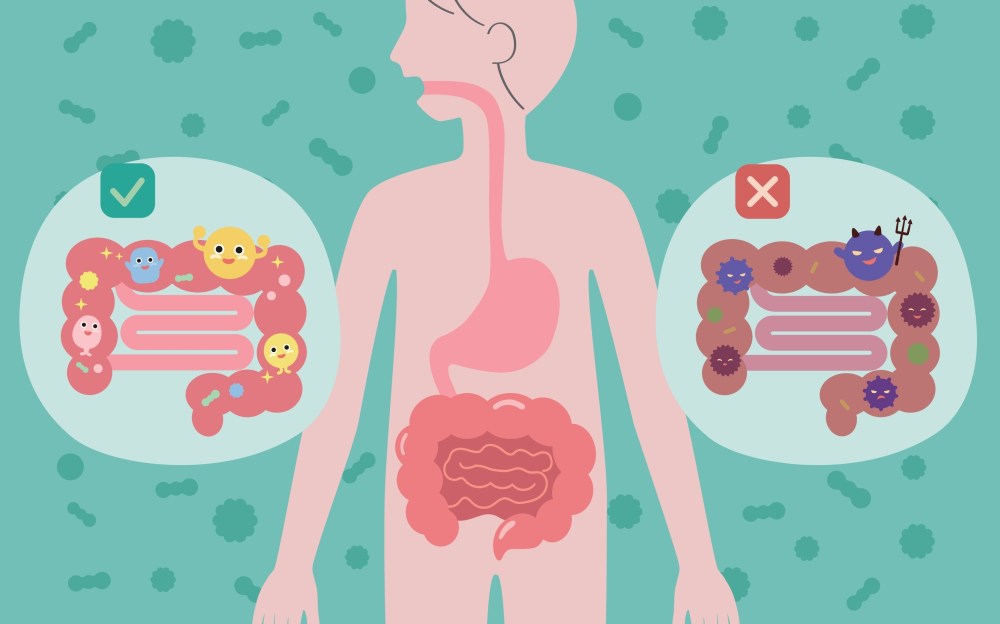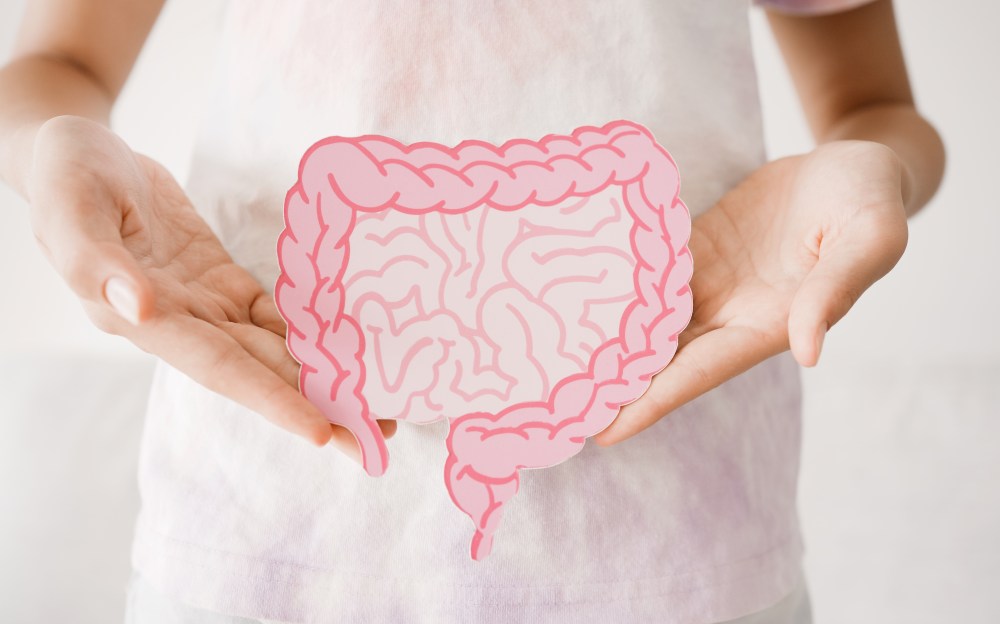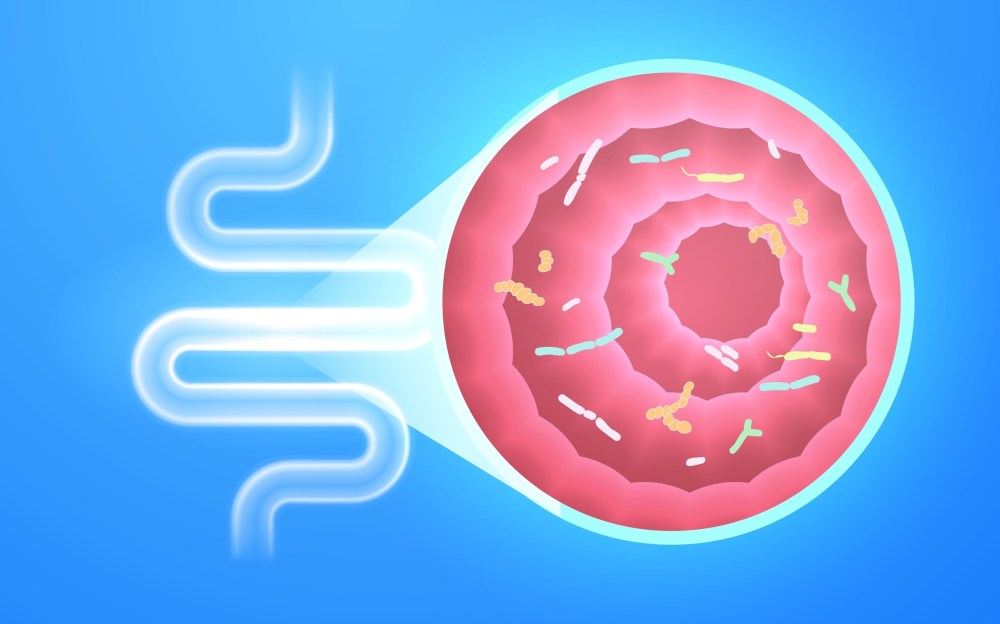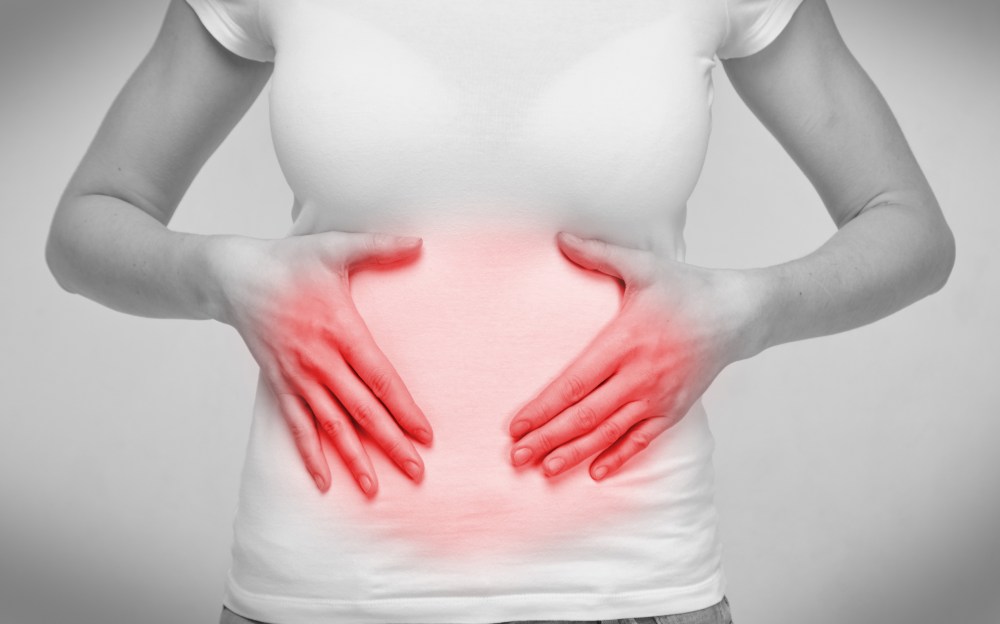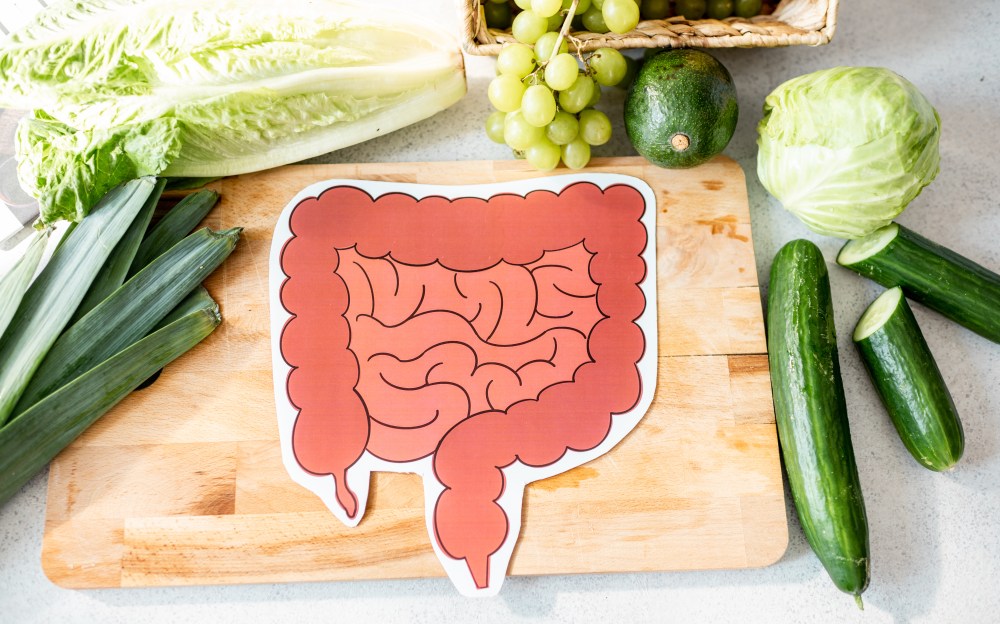At a glance
Diarrhea is often linked to stress or irritants, or infections within the digestive tract. Several natural remedies and supportive practices can help stop diarrhea fast and support a healthy gut recovery.
Acute diarrhea can be triggered by microbial infections, antibiotic medications, exposure to contaminated food or water, food intolerances, or sudden dietary changes.
Most cases of sudden and severe diarrhea are linked to viral, bacterial, or parasitic infection and can lead to dehydration and electrolyte imbalance if not managed promptly.
Discover how to stop diarrhea fast with simple but effective home remedies and learn how to promote a healthy digestive tract and regular bowel movements.
What causes diarrhea?
Diarrhea is the body’s natural response to irritants in the digestive system, characterized by loose, watery stools often accompanied by an upset stomach.
Sudden bouts of diarrhea are most commonly linked to viral and bacterial infections, such as norovirus or Escherichia coli, often contracted by eating contaminated foods.
The presence of harmful microbes in the intestinal tract triggers a cascade of immune responses that stimulate cells to secrete more water and electrolytes into the gut lumen. This creates a less hospitable environment for microbes, diluting and flushing them out of the system.
While fasting can be a helpful short-term approach to rest the digestive system and treat diarrhea caused by foodborne illnesses, reintroducing rich foods too quickly after prolonged periods of caloric restriction can also lead to loose and watery stools.
Chronic diarrhea, which refers to experiencing diarrhea symptoms for four weeks or longer, is often a sign of an underlying health issue and requires medical attention to identify the root cause and determine appropriate treatment.
Persistent diarrhea can be triggered by various causes, including:
- Inflammatory bowel disease
- Irritable bowel syndrome
- Food sensitivities
- Lactose intolerance
- Celiac disease
- Overuse of laxatives
- Frequent antibiotic treatment
Watch the video below to discover the best home remedy to stop diarrhea fast.
How to stop diarrhea fast
While over-the-counter medications can help manage loose stools, they can have significant side effects that may delay the clearance of harmful microbes from the body.
Certain foods have been used for centuries to naturally relieve diarrhea and promote gut healing without the risk of side effects or prolonged infections.
Here are two natural remedies that can help control diarrhea quickly.
1. Plain yogurt and blackberries
Yogurt is a rich source of beneficial gut bacteria, including Lactobacillus and Bifidobacterium. These probiotics play a key role in replenishing balanced gut microbes and help restore normal bowel function.
Blackberries provide tannins, a group of polyphenols with astringent properties, meaning they help tighten the mucosal gut lining and reduce excessive fluid secretion, which is critical for managing watery, loose stools.
A study published in Natural Product Communications investigated the benefits of tannins for managing diarrhea and concluded, “Tannic acid reduces the duration of diarrhea and concomitant abdominal pain and, when taken prophylactically, reduces the risk of traveler’s diarrhea.”1
It’s crucial to opt for unsweetened and organic yogurt to ensure maximum health benefits, as added sugars and artificial ingredients can worsen diarrhea.
2. Green bananas
For those with lactose intolerance who can’t consume dairy products, green bananas offer an alternative food-based option to support normal digestive function and help improve stool consistency.
Eating green bananas for diarrhea provides a significant advantage over the standard BRAT diet, which refers to bananas, rice, applesauce, and toast.
The BRAT approach to alleviating diarrhea can lead to significant blood sugar spikes, which is unsuitable for individuals with poor metabolic health and can potentially worsen digestive issues.
In contrast, green bananas don’t cause significant blood sugar fluctuations as they’re rich sources of resistant starch, a type of complex carbohydrate that isn’t easily digested.
When resistant starch reaches the colon, it helps firm up stools, support gut bacteria, and regulate bowel movements, all of which are crucial for managing diarrhea.
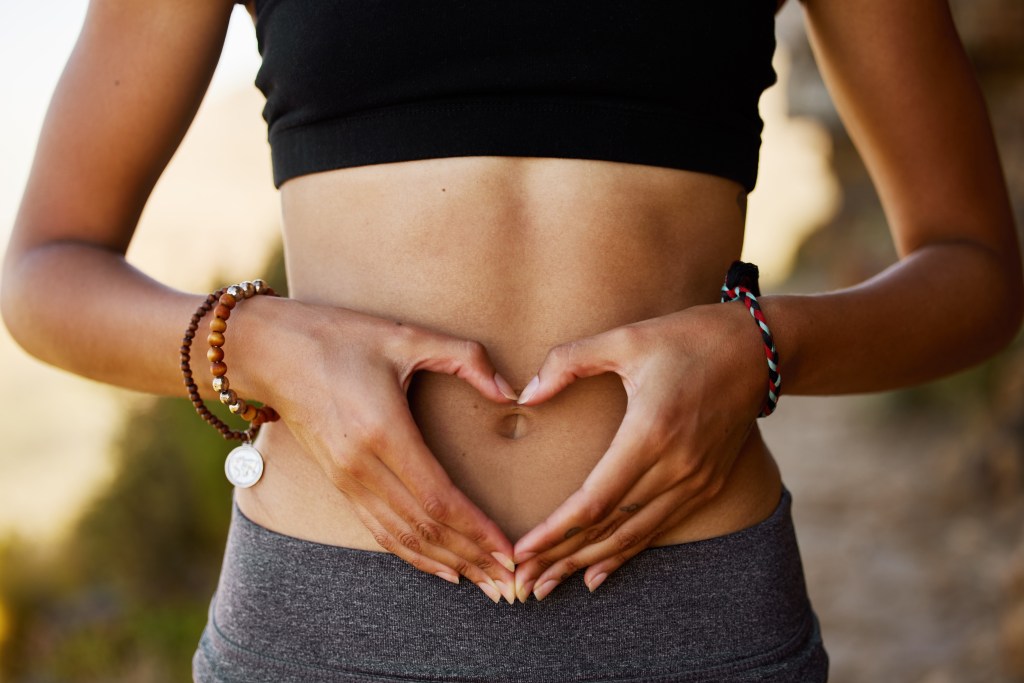
Tips to support recovery
According to recommendations released by the National Institute of Diabetes and Digestive and Kidney Diseases (NIDDK), those affected by acute diarrhea should eat small amounts of bland foods until symptoms improve.2
In addition, it’s crucial to avoid foods and drinks that could make diarrhea worse, such as:
- Alcohol
- Caffeinated beverages
- Ultra-processed foods
- Sugary drinks, including fruit juices and sodas
- Products containing sugar alcohols, such as sugar-free gum and candies
Diarrhea contributes to malabsorption, dehydration, electrolyte imbalances, and the disruption of the gut microflora. Therefore, it’s vital to take focused steps to restore the body’s balance after suffering a diarrhea episode.
Here are three things you can do to support recovery after diarrhea.
1. Replenish electrolytes
Dehydration and electrolyte imbalances are among the most common and serious consequences of diarrhea.
When the body loses fluids, essential electrolyte minerals such as sodium, potassium, and magnesium are also expelled, which can impair critical cellular functions and overall health.
To restore the body’s fluid levels and electrolyte balance, it’s essential to drink plenty of water and replenish key nutrients with mineral-rich foods such as bone broth. You can also make your own homemade electrolyte drink using whole foods such as avocado, lemon, and berries.
“Restoring electrolyte balance is crucial during and after bouts of diarrhea,” explains Dr. Berg. “Imbalanced mineral levels can lead to poor muscle function, which can exacerbate diarrhea.”
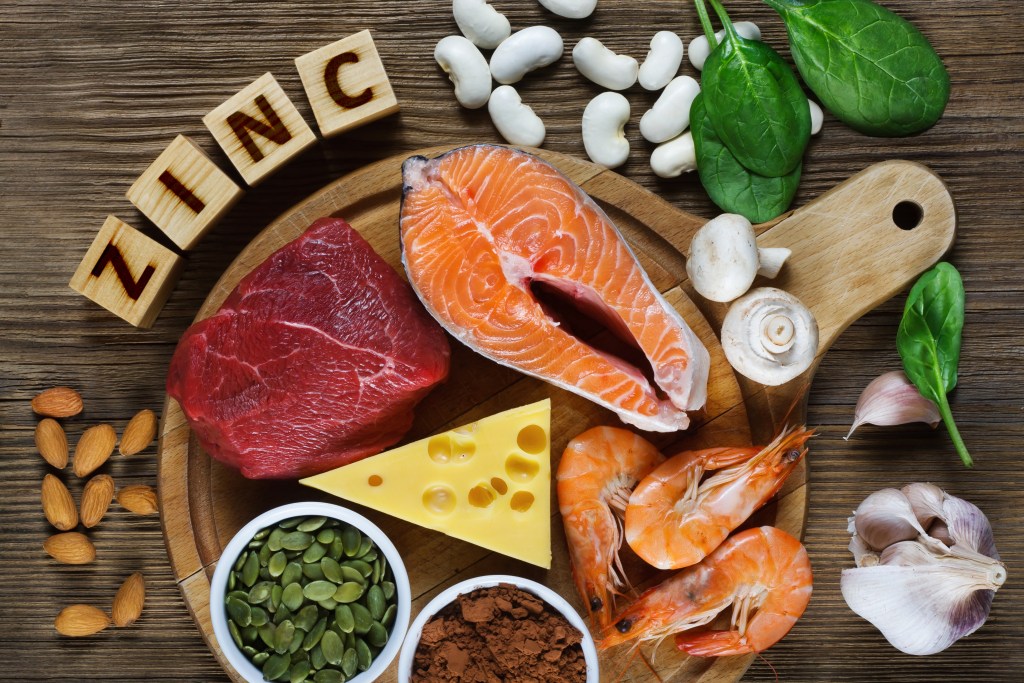
2. Promote optimal zinc levels
Zinc plays a vital role in supporting digestive health by aiding in the regeneration of gut cells. This process is especially important after diarrhea, which can damage the intestinal lining and disrupt normal digestive function.
Because the body stores only limited amounts of zinc, diarrhea-related malabsorption can quickly lead to zinc deficiency. This can impair gut lining repair and may worsen or prolong diarrhea symptoms.
Research published in Gastroenterology found that promoting optimal zinc levels helps decrease the incidence and length of diarrhea episodes in children with zinc deficiency.3
Seafood, especially oysters, red meat, poultry, seeds, and nuts, are all excellent natural food sources of zinc.
3. Incorporate probiotic-rich foods
A study published in BMC Public Health found that replenishing lost gut bacteria with beneficial bacteria significantly reduced the duration of diarrhea.4
Probiotic-rich foods and beverages such as yogurt, sauerkraut, kefir, and kombucha, can help repopulate the gut with beneficial microorganisms, which can be depleted during diarrhea, especially when caused by infections or antibiotic use.
These beneficial bacteria play a critical role in regulating bowel movements and strengthening immune defenses against diarrhea-causing microbes, thereby helping restore gut balance, aiding recovery, and minimizing the risk of infections.
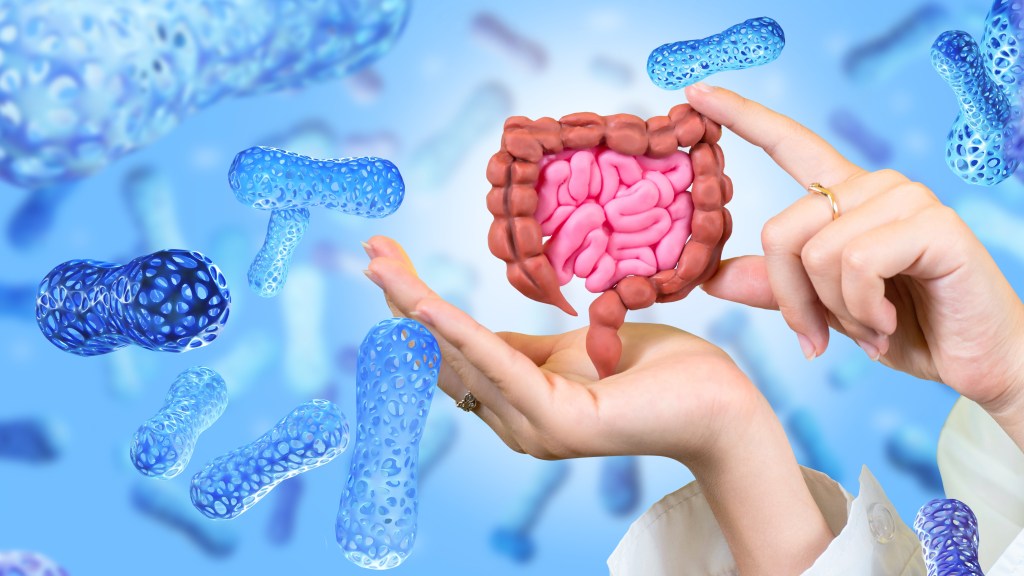
The best ways to prevent diarrhea
In addition to maintaining optimal zinc levels, replenishing electrolytes, and staying hydrated, there are several steps you can take to minimize the risk of loose stools.
Here are three ways to prevent diarrhea.
1. Promote a diverse intestinal microflora
Maintaining a diverse gut microbiome is essential to prevent diarrhea, as a healthy balance of gut bacteria helps reduce the risk of infections and digestive issues that can lead to diarrhea.
Regularly incorporating fermented foods and beverages such as yogurt, kefir, kombucha, miso, and sauerkraut into your diet is an excellent strategy to support gut health and help prevent digestive problems.
2. Keep a food journal
If you suspect that diarrhea may be linked to unidentified food sensitivities, keeping a food journal can help identify dietary triggers, which often are gluten, lactose, oxalate-rich foods, or soy.
3. Manage stress
Managing stress is crucial, as stress can disrupt gut function and contribute to diarrhea, especially in individuals with irritable bowel syndrome.
This has been confirmed by research published in Cell Metabolism, reporting that psychological stress can trigger abnormal bowel movements and inflammatory responses in the gut, which can trigger diarrhea and abdominal discomfort.5
Relaxation techniques such as deep breathing, gentle stretching, and spending time in nature can help alleviate the negative impact of stress on gastrointestinal function. These practices promote relaxation and reduce tension, ultimately lowering the risk of stress-induced diarrhea.

When to see a doctor
Information related to persistent diarrhea should be discussed with a healthcare provider to determine suitability based on individual health needs.
It’s crucial to consult a doctor if you experience diarrhea lasting more than a few days, especially if accompanied by severe abdominal pain or signs of dehydration such as dry mouth, dizziness, or reduced urine output.
In some cases, an intravenous rehydration solution may be required to restore lost fluids and electrolytes.
A gastroenterologist may recommend specific tests to identify the underlying cause of persistent diarrhea. These tests could include stool cultures to detect infections, blood tests to assess signs of inflammation, and imaging studies to examine the digestive tract.
Seeking timely medical attention ensures proper diagnosis and effective treatment to manage and treat diarrhea safely.
Key takeaways
- Diarrhea can be triggered by stress, microbial infections, food intolerances, medications, supplements, or digestive irritation and can lead to dehydration if not managed properly.
- Eating green bananas or plain, unsweetened yogurt with blackberries can help stop diarrhea fast by supporting firmer stools and microbial balance.
- Staying hydrated and replenishing electrolytes with mineral-rich foods or drinks helps restore balance and prevent fatigue.
- Supporting zinc levels and consuming probiotic-rich foods, such as kefir, sauerkraut, and kombucha, can aid in gut recovery and may help reduce the risk of future episodes.
- Chronic or severe diarrhea accompanied by pain, fever, or dehydration requires medical evaluation to identify underlying causes.
FAQ
1. How can I stop diarrhea fast?
Eating green bananas or plain, organic yogurt with blackberries are effective natural remedies that help firm up stools, support microbial balance, and reduce fluid secretion into the gut, which may offer quick relief from diarrhea.
2. What foods stop diarrhea?
Green bananas are packed with resistant starch, a type of fiber that helps firm up stools and regulate bowel movements, offering natural relief from diarrhea.
In addition, plain yogurt with blackberries offers probiotics and polyphenolic tannins, which in combination support digestive health, restore gut balance, and may help reduce the severity of diarrhea.
3. What drinks help with diarrhea?
Kefir and kombucha are probiotic-rich drinks that help restore gut health, replenish beneficial bacteria, and improve digestion. These fermented beverages can also aid recovery from diarrhea by promoting a balanced microbiome and supporting the body’s fluid balance.
4. How long does diarrhea last?
Acute diarrhea caused by microbial infections typically lasts from a few days to a week, depending on the severity and underlying cause. However, medical attention is crucial if symptoms persist longer or are accompanied by severe dehydration.
5. How can I prevent diarrhea?
Maintaining a diverse gut microflora by incorporating plenty of fermented foods and beverages such as sauerkraut, kimchi, miso, tempeh, kombucha, and kefir is one of the best strategies to prevent diarrhea.
6. Is it better to let diarrhea run its course?
In many cases, mild diarrhea can be managed by letting it run its course as the body works to eliminate irritants.
However, if diarrhea lasts more than a couple of days, is accompanied by pain or fever, or leads to dehydration, consulting a healthcare provider is essential to ensure prompt treatment and avoid complications.
Sources
- https://journals.sagepub.com/doi/full/10.1177/1934578X231170998 ?
- https://www.niddk.nih.gov/health-information/digestive-diseases/diarrhea/eating-diet-nutrition ?
- https://www.gastrojournal.org/article/S0016-5085(06)00744-X/fulltext ?
- https://bmcpublichealth.biomedcentral.com/articles/10.1186/1471-2458-13-S3-S16 ?
- https://www.sciencedirect.com/science/article/abs/pii/S1550413124003668 ?





